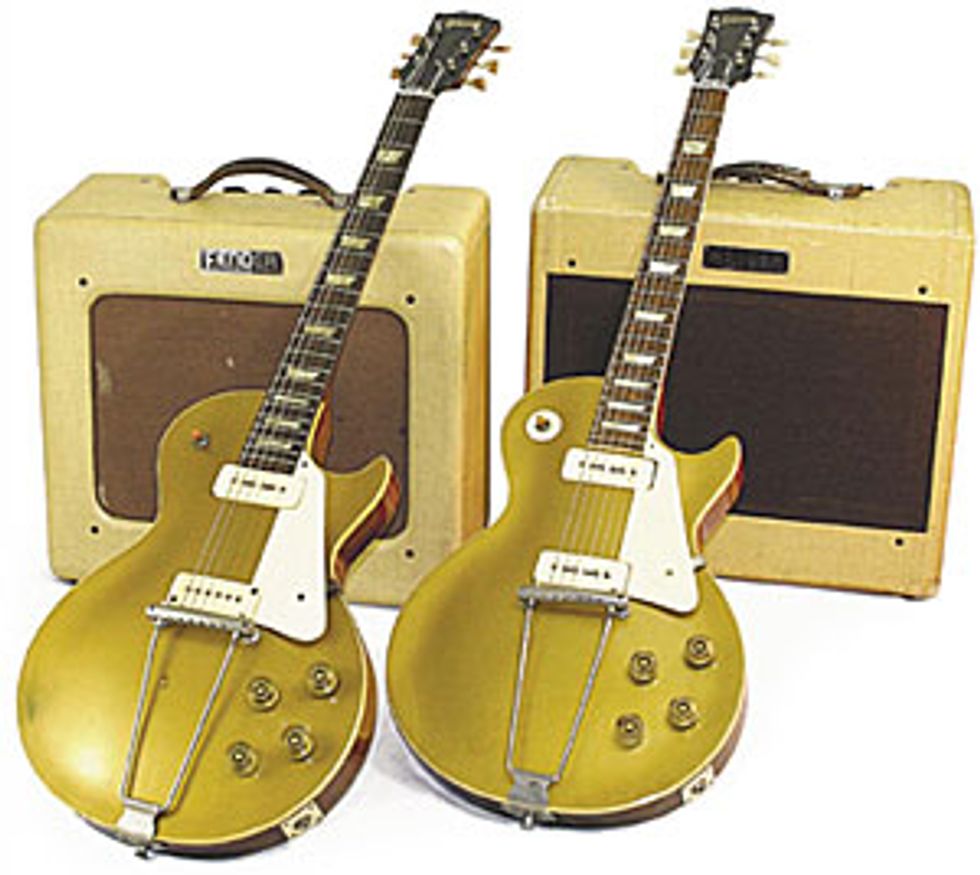 By 1951, Lester William Polfus from Waukesha, Wisconsin – the man known as Les Paul – was considered to be one of the most famous guitarists in America. During this time Gibson was preparing to enter the solidbody guitar market, one in which other manufacturers had begun attaining success with. The result was one of the most legendary and highly collectable solidbody electric guitars ever made, the Gibson Les Paul Model.
By 1951, Lester William Polfus from Waukesha, Wisconsin – the man known as Les Paul – was considered to be one of the most famous guitarists in America. During this time Gibson was preparing to enter the solidbody guitar market, one in which other manufacturers had begun attaining success with. The result was one of the most legendary and highly collectable solidbody electric guitars ever made, the Gibson Les Paul Model. Gibson launched their first solidbody Les Paul in 1952 priced at $210. Available in a gold finish top with natural finish back and sides, this model was better known as a Goldtop – with all-gold versions also available. Dealers began to receive the new Les Paul Model by June of 1952. These early versions from the collection both have the “Trapeze” combined bridge and tailpiece, which was originally designed to have the strings over the top. Unfortunately, this would have caused the action to be much too high due to the shallow neck pitch on early Les Pauls; Gibson’s only choice was to have the strings wrapped under the bridge. This made intonation and playing difficult, and the “Trapeze” was subsequently replaced during 1953.
In early 1952, Les Paul Goldtops did not have serial numbers. In 1953, a five-digit, ink stamped numbering system located on the back of the headstock was implemented. The first digit, spaced slightly to the left of the other four, signified the year of manufacture.
Upon closer inspection of the 1952, notice the use of standard slot screws used on the pickguards and the bridge pickup. These early models also have taller speed knobs, which were replaced in 1953 by shorter versions. Also, note the non-existent toggle switch’s rhythm and treble ring and the double ring replacement tuners.
This 1952 example features an unbound Brazilian rosewood fingerboard. The 1952 Gibson logo is also positioned a bit lower on the headstock and has the dot of the “I” joined by the “G.” The bridge pickup has mounting screws in the opposite corners, which were later redesigned to be inline with the pole piece adjustment screws, such as the ones on the 1953.
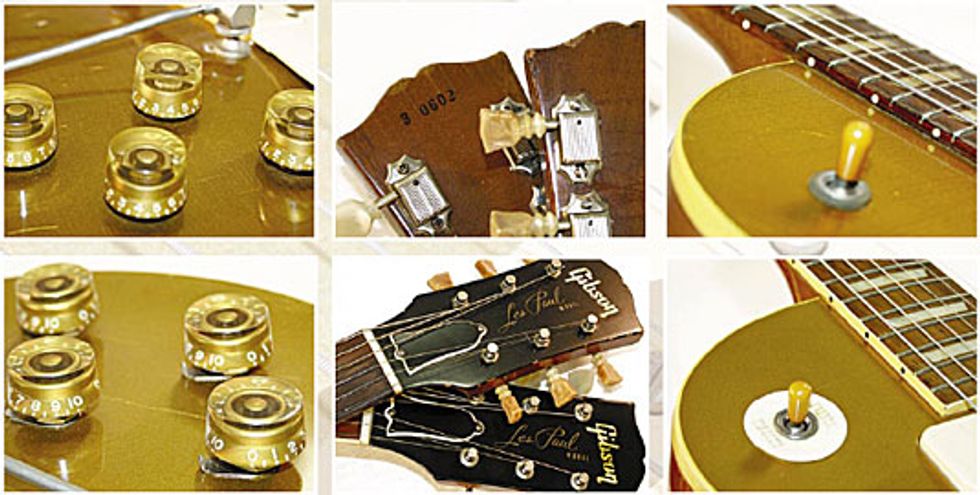
Dave''s Guitar Shop
Daves Roger’s Collection Is tended to by Laun Braithwaite & Tim Mullally
All photos credit Tim Mullally
Dave’s Collection is on dispay at:
Dave''s Guitar Shop
1227 Third Street South
La Crosse, WI 54601
608-785-7704
https://www.davesguitar.com

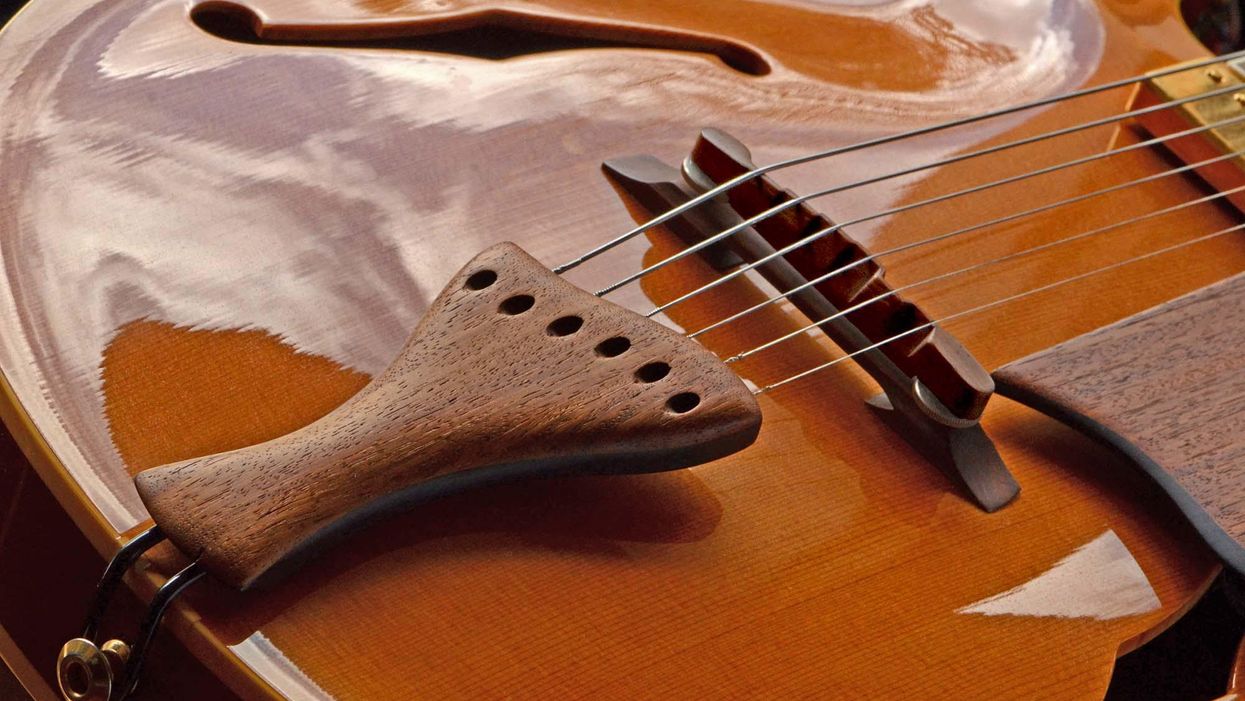
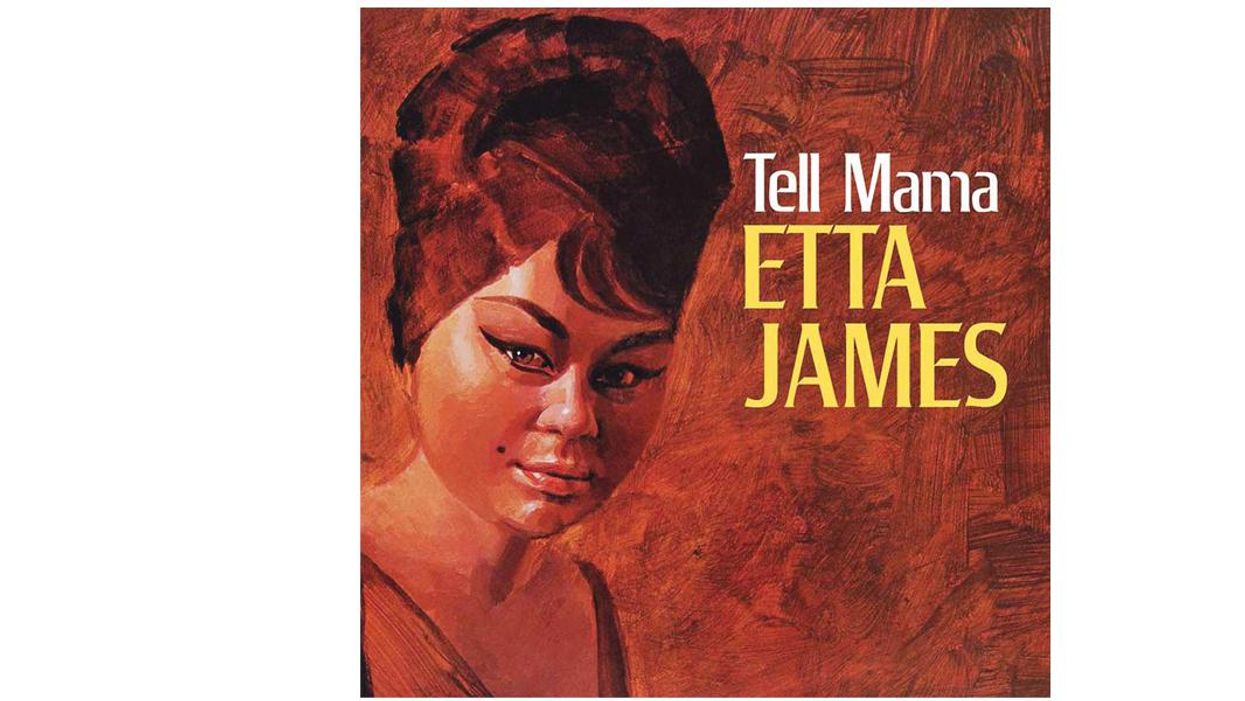
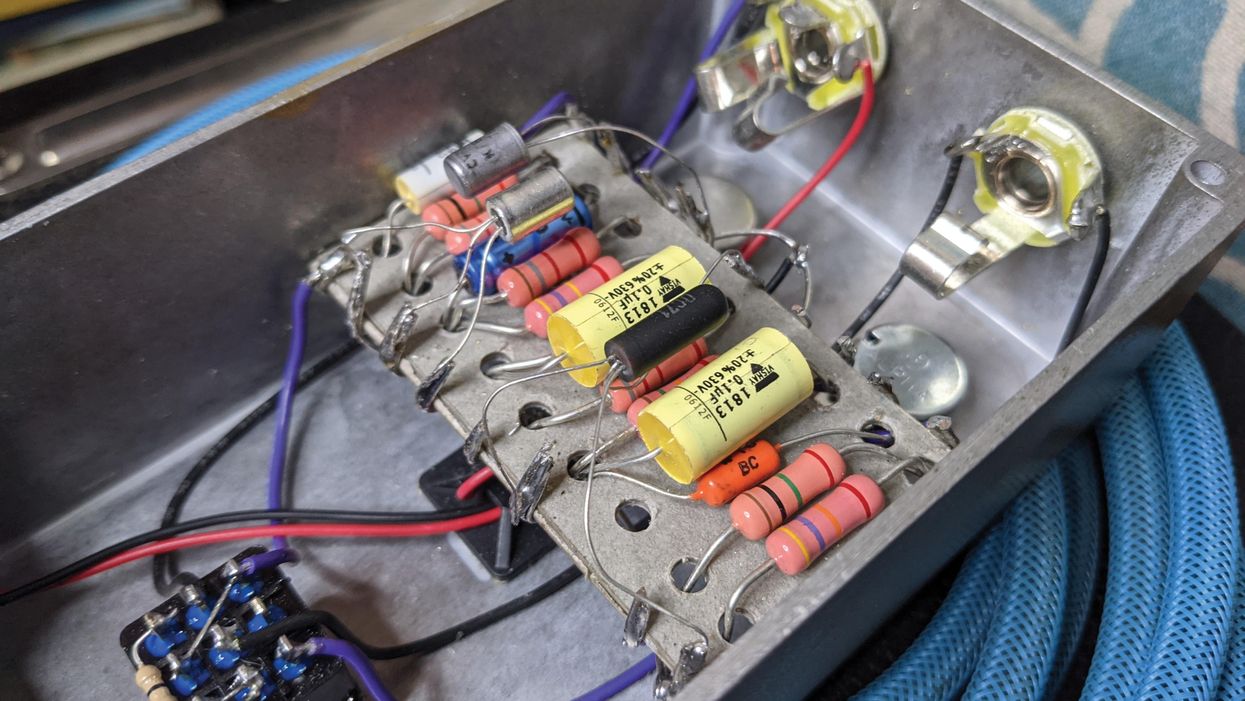
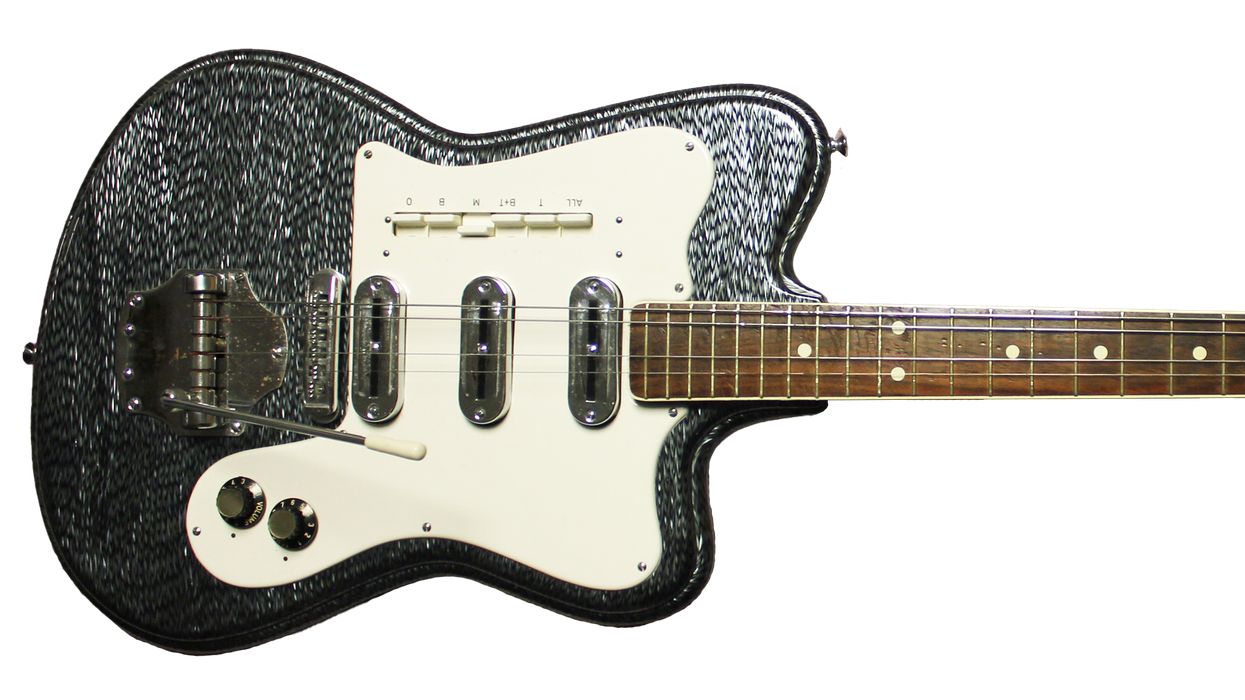
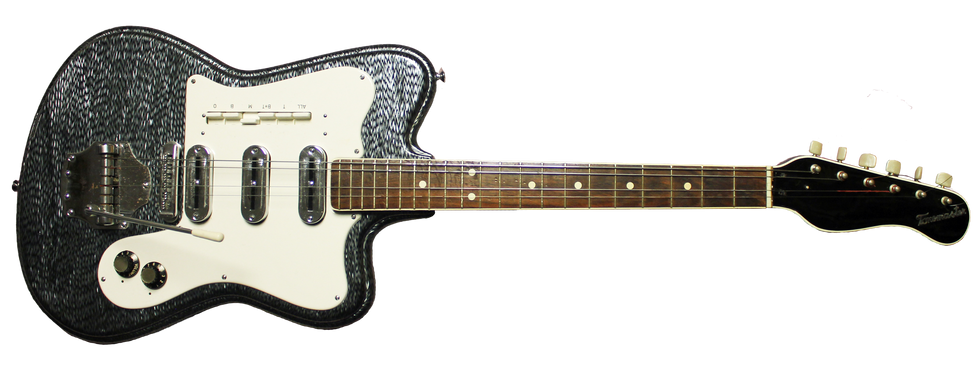
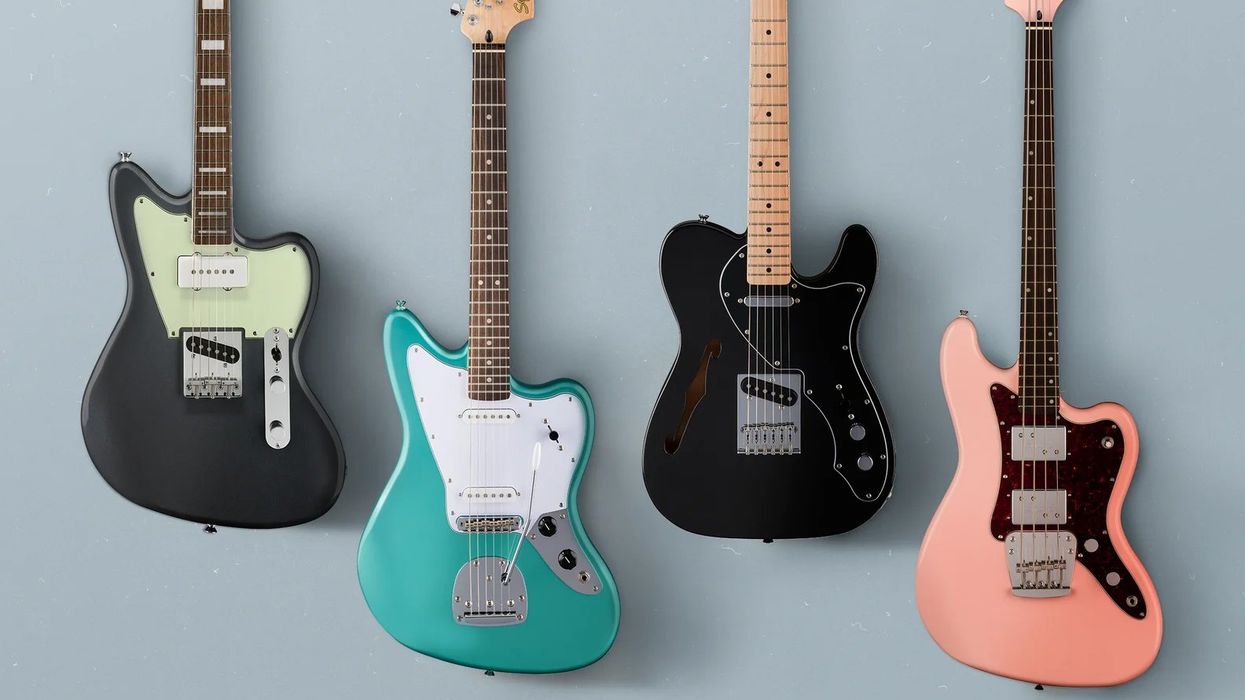

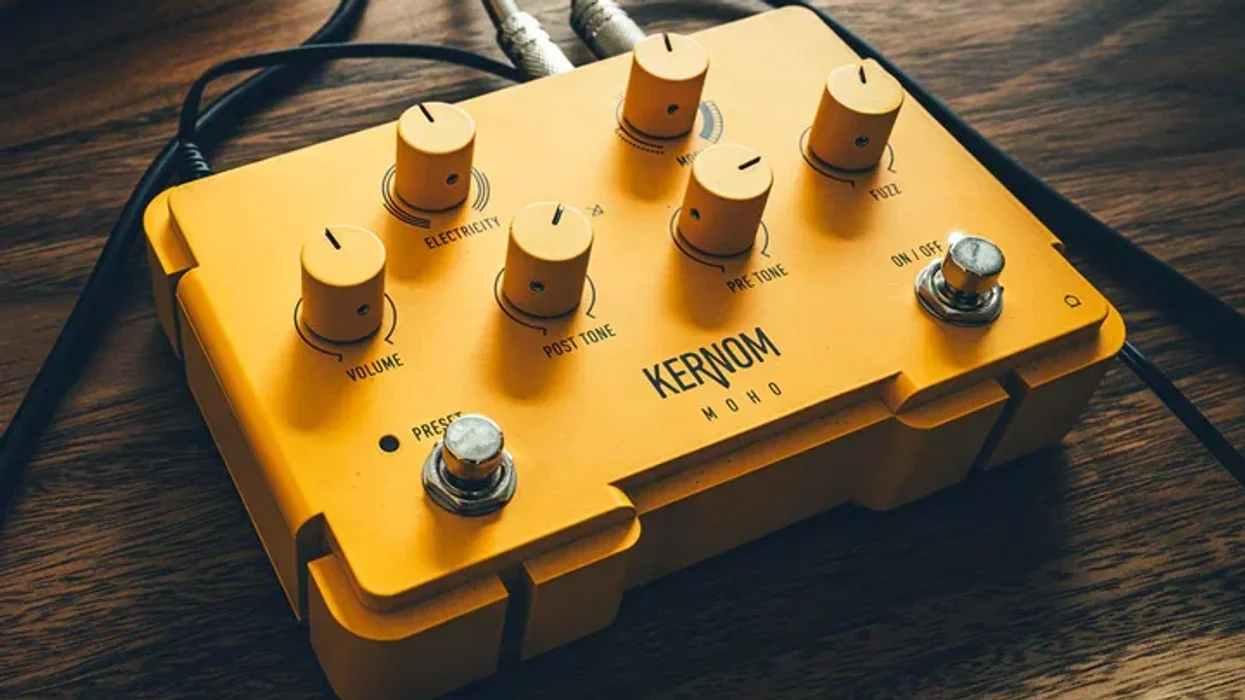
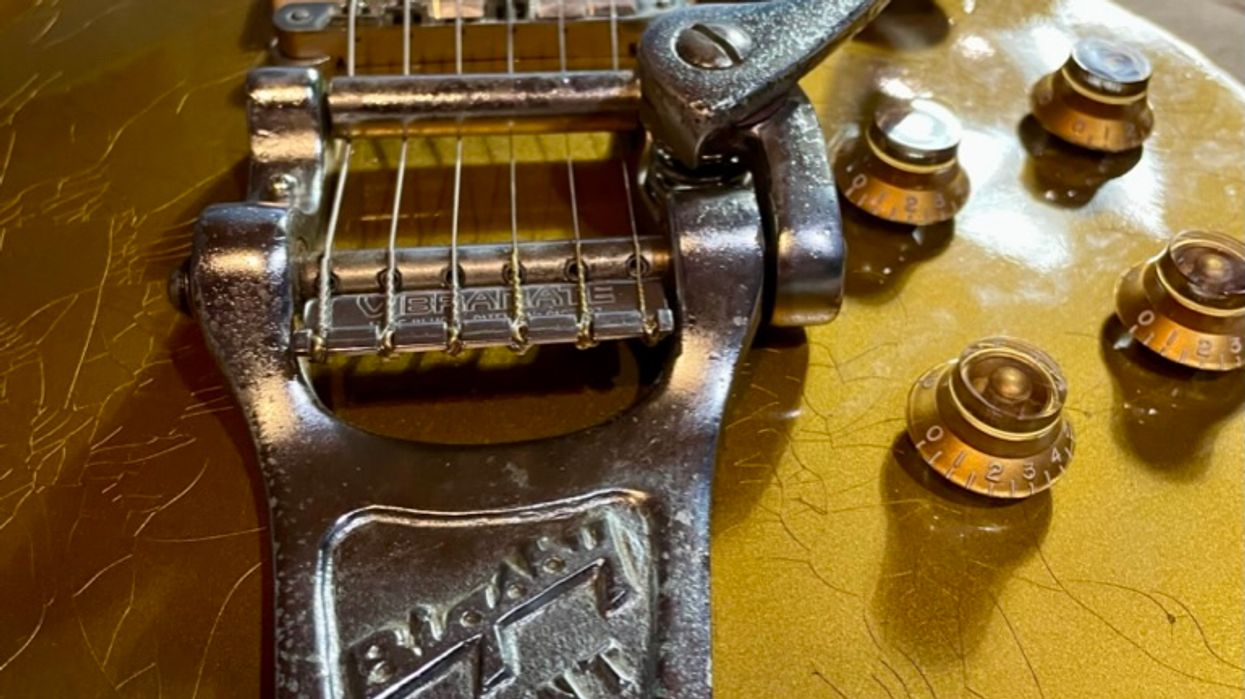
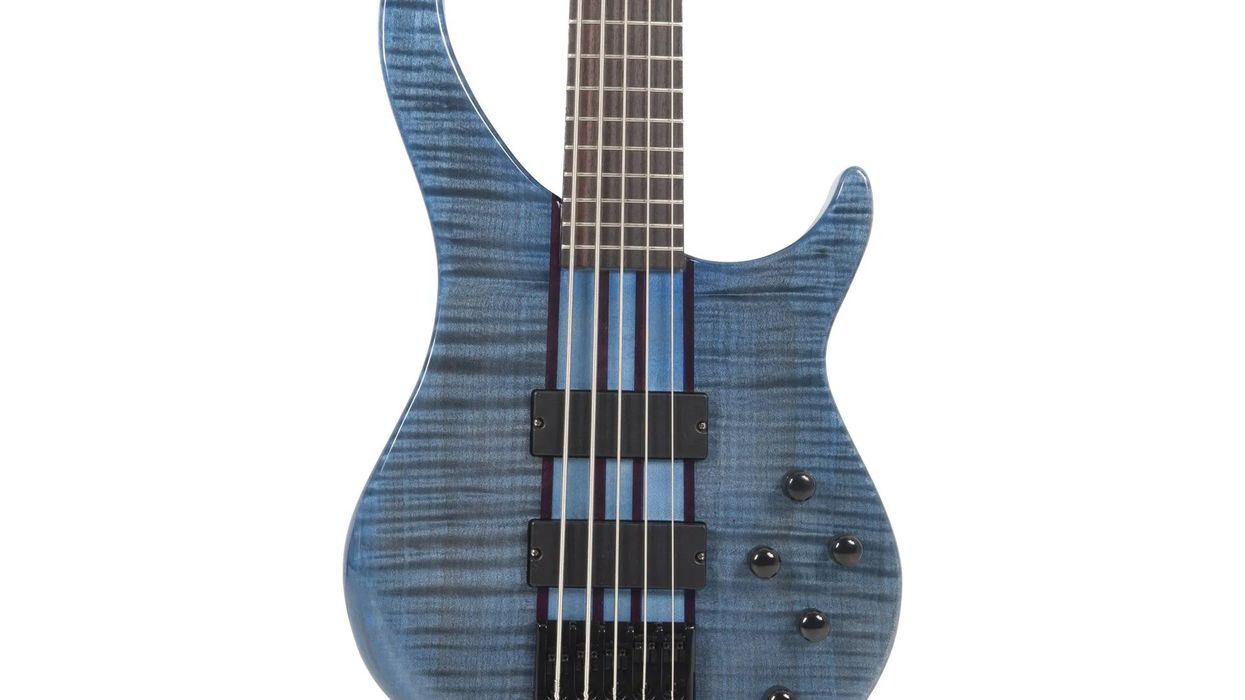
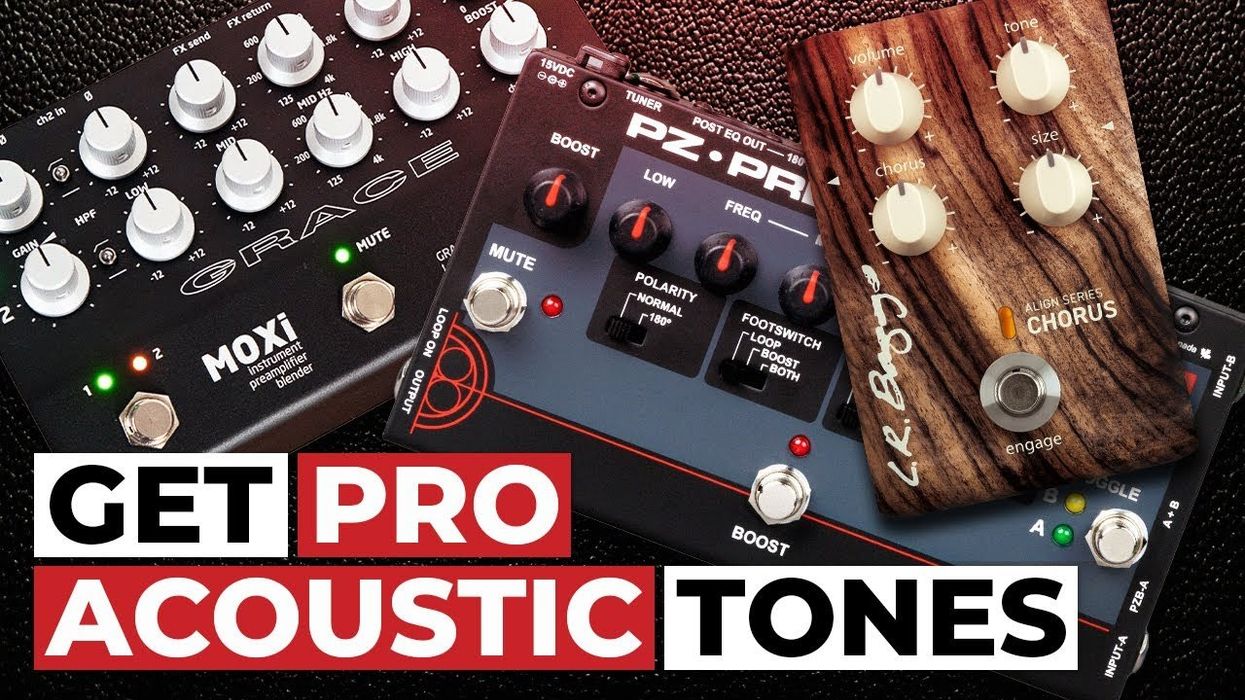

 Boyd Holbrook is a fan of “Dueling Banjos.”Photo by Leo Jacob
Boyd Holbrook is a fan of “Dueling Banjos.”Photo by Leo Jacob
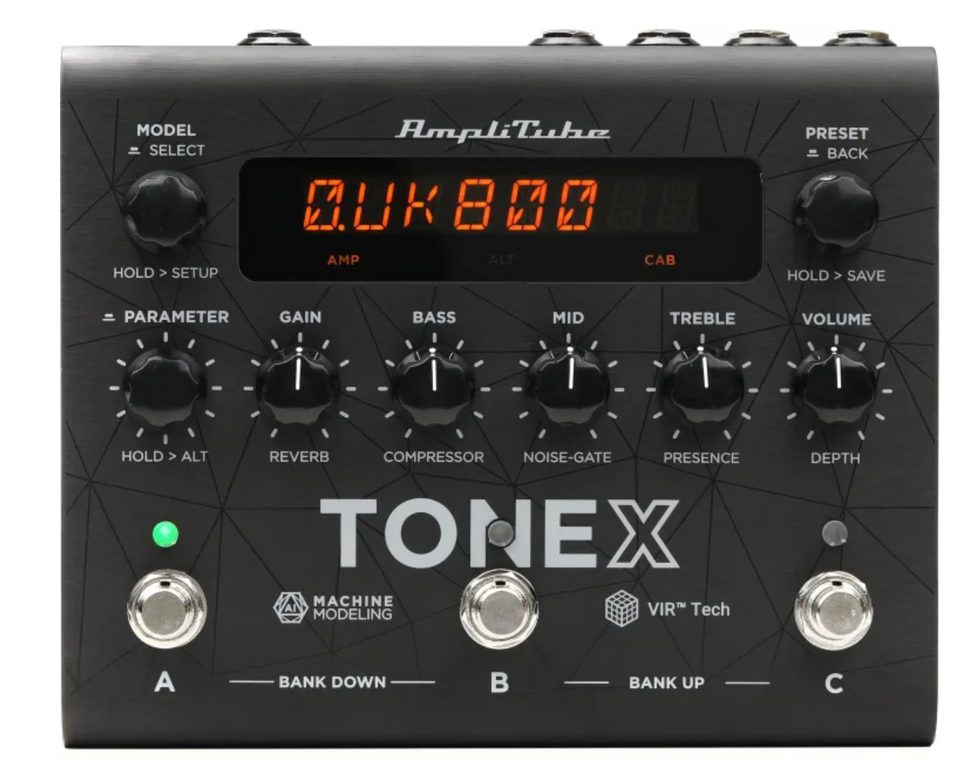

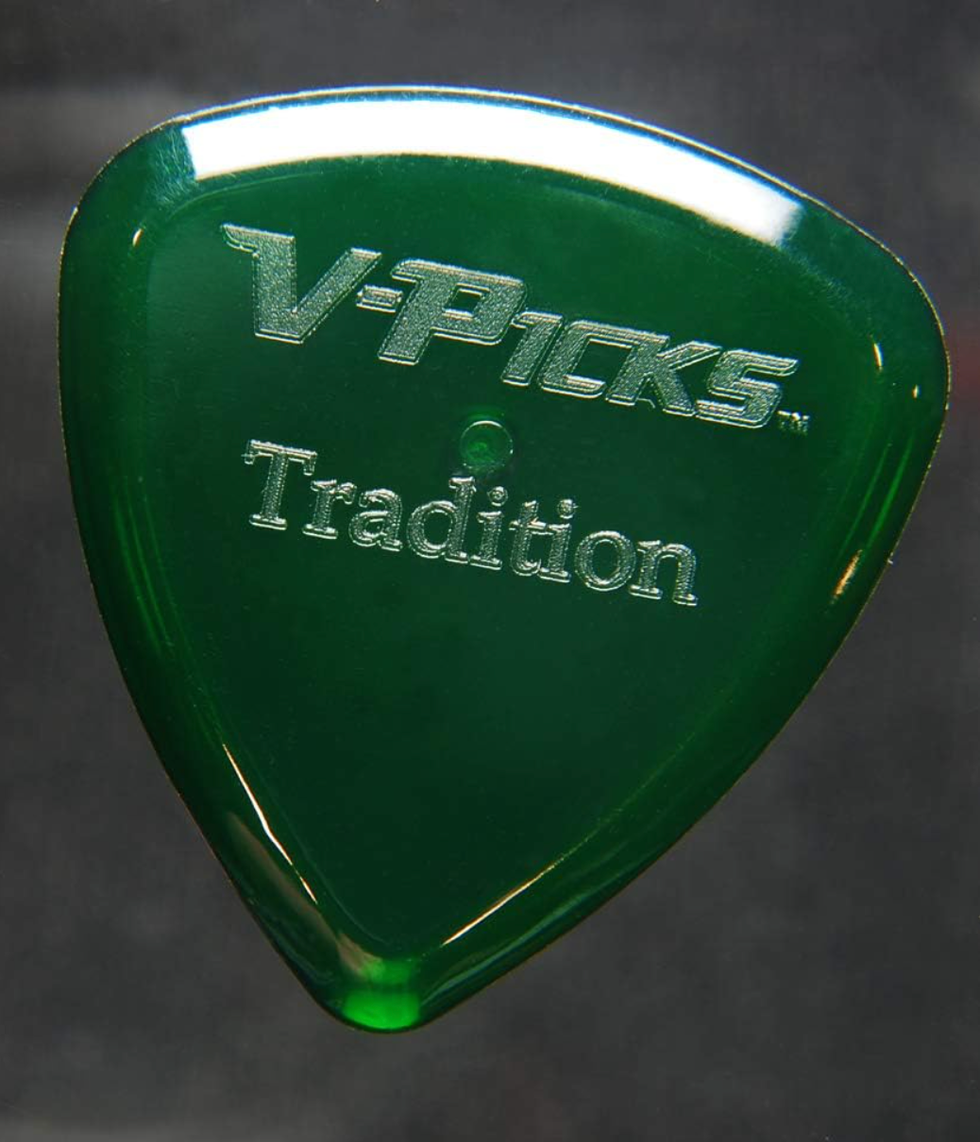
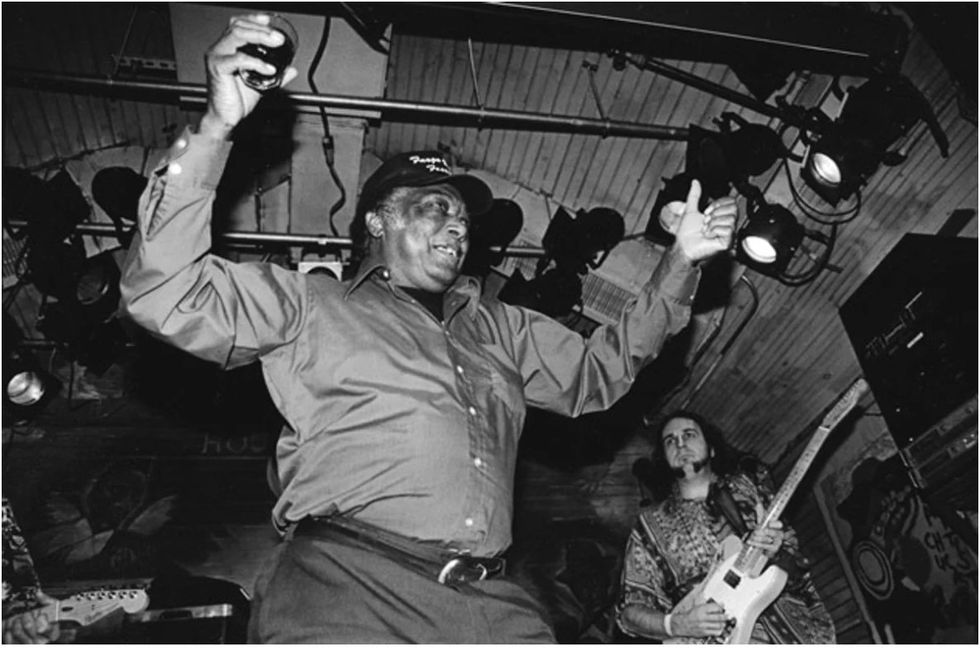

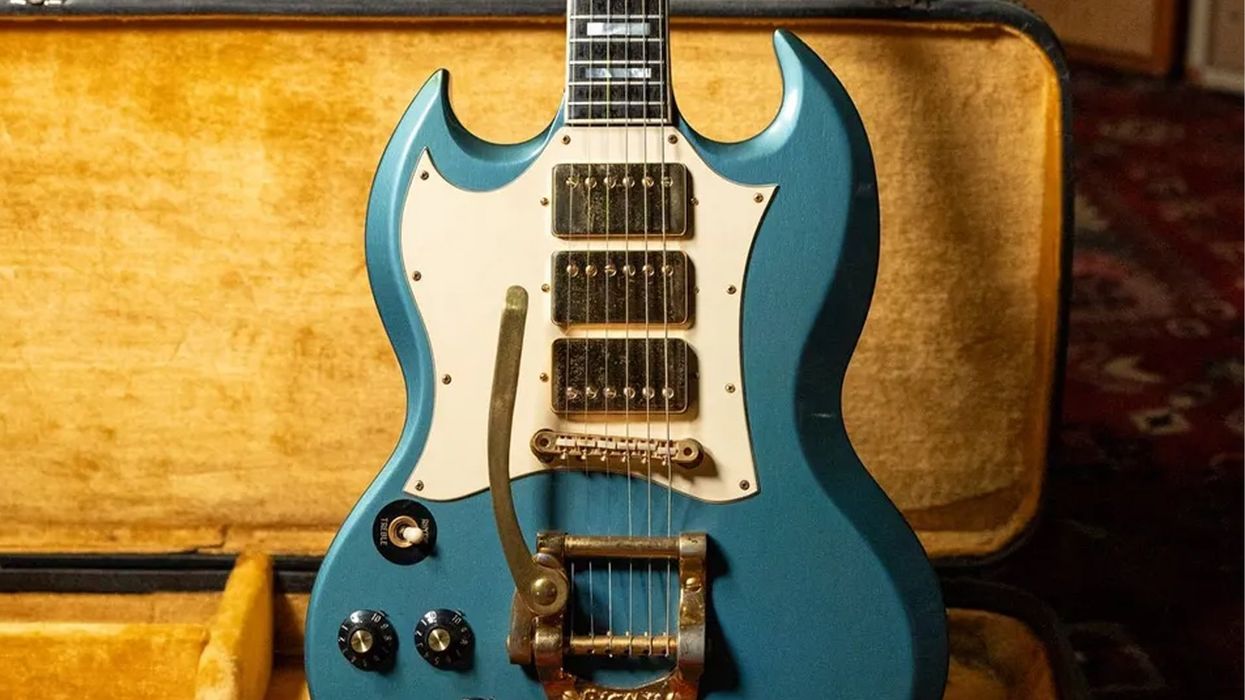
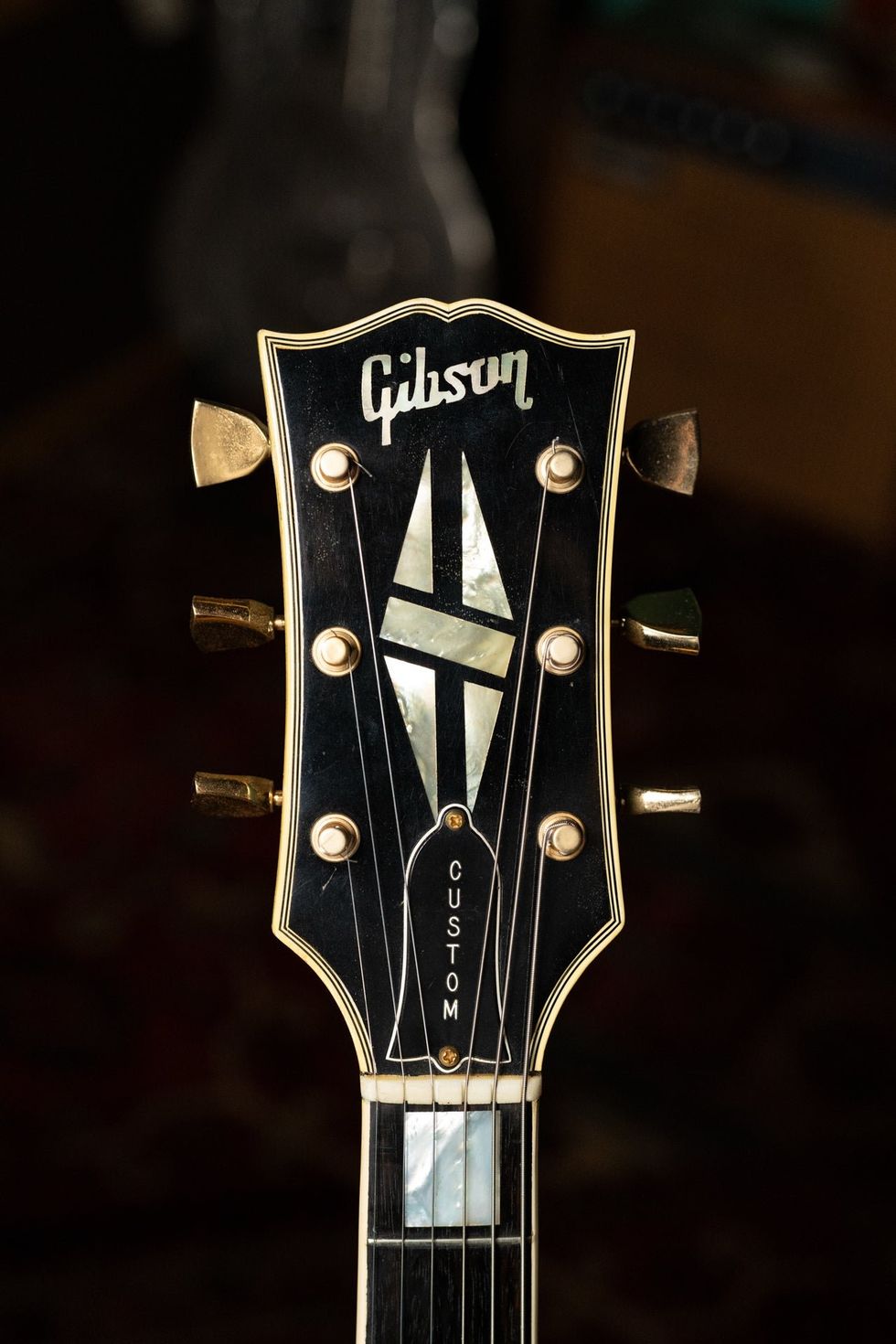
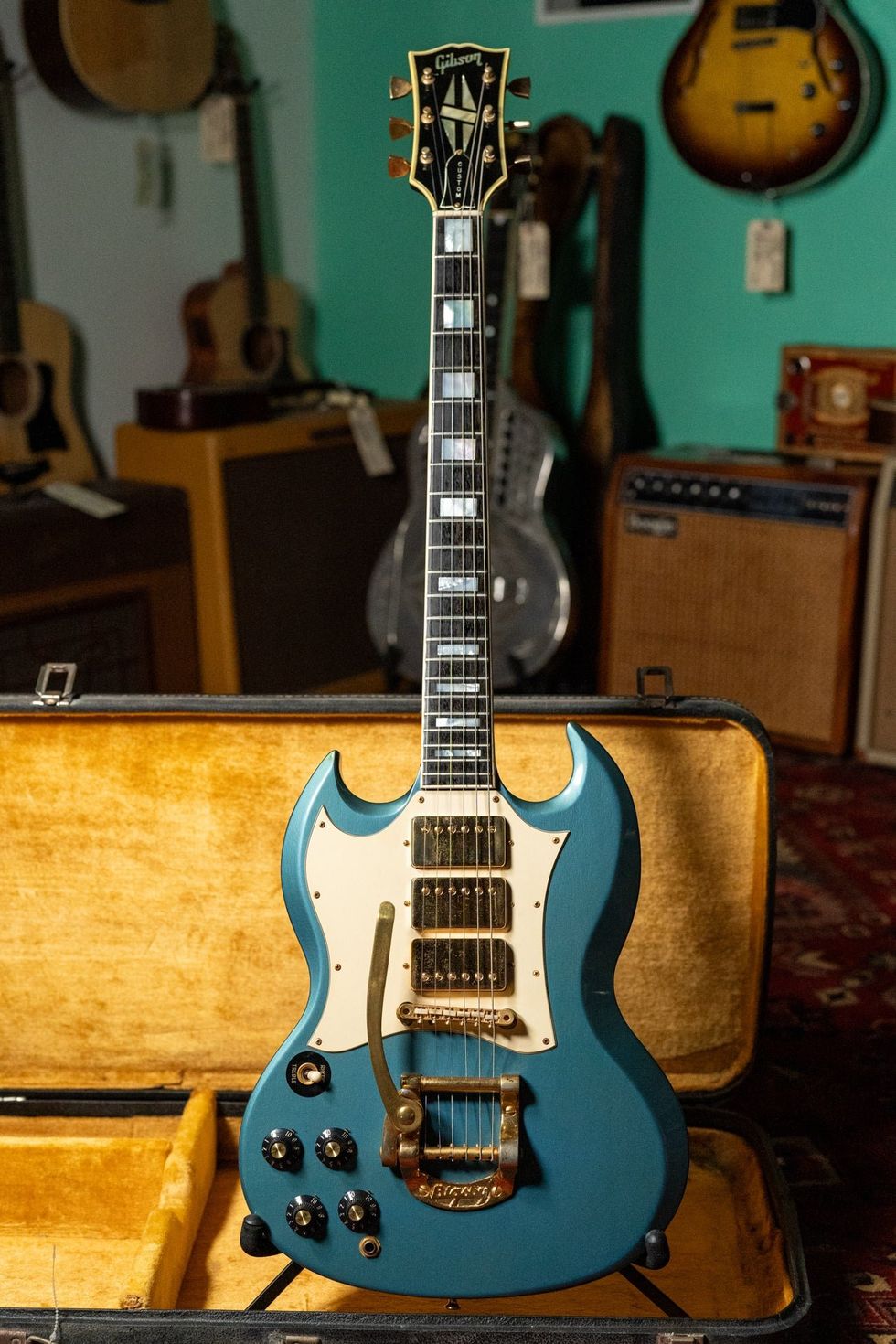 Whether or not Jimi Hendrix actually played this guitar might come down to how lucky its buyer feels.Photo courtesy of Imperial Vintage Guitars Reverb Shop
Whether or not Jimi Hendrix actually played this guitar might come down to how lucky its buyer feels.Photo courtesy of Imperial Vintage Guitars Reverb Shop
